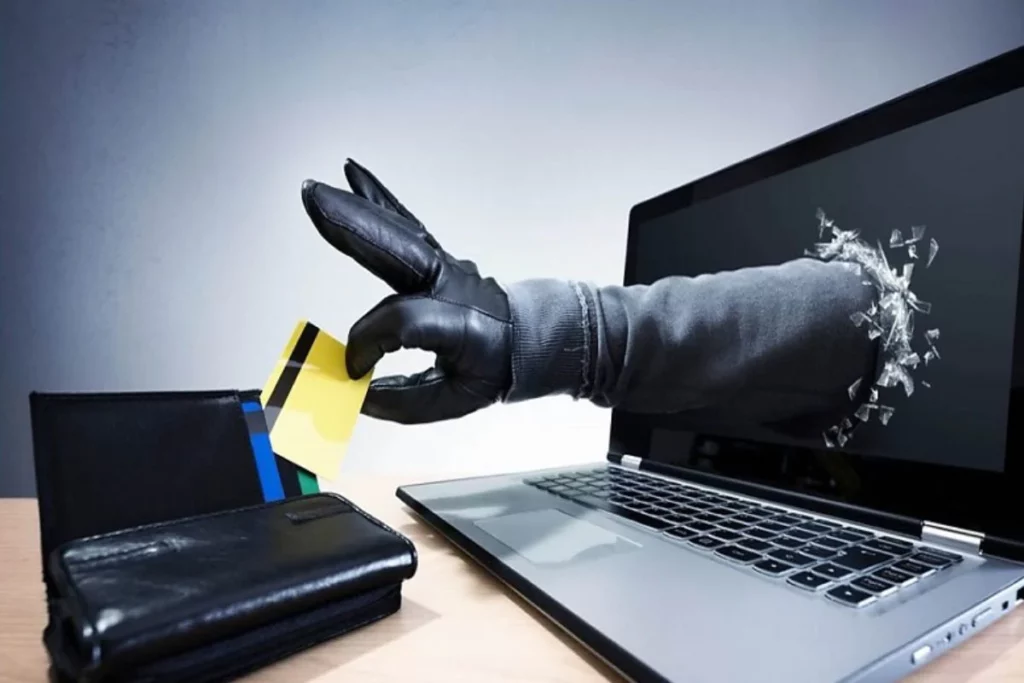PAN Card is a proof of identity card, which is used for various purposes. In India, it is used for filing income tax returns and for getting various government benefits. It is issued by the Department of Income Tax and National securities Depository Limitied (NSDL) pan card process makes the online process easier for a person to apply for the pan card which one assigned is of 10 digits.
There have been many cases reported where individuals have complained that such loans have been secured under their names by misusing their PAN cards and this has significantly impacted their financial health.
The fraudsters have started using fake PAN cards to carry out online transactions. The modus operandi of this fraud is to obtain information about the victims by using their Aadhaar or bank account details. They then use these credentials to open a virtual bank account in the name of the person whose details were obtained. They then create a credit card and use it for various transactions.
The credit card information used in such transactions is not linked to any other person’s credit card. This makes it very difficult for banks to trace back the origin of such transactions.
The stolen data can be used for making online purchases, paying off debts and even opening new bank accounts in the victims’ names. It’s important that you are vigilant about your personal details being misused and do not let anyone get access to them in any way possible.”
If you feel that your identity has been misused, then it is essential that you contact the concerned authorities immediately so that action can be taken against those responsible for this misuse.
This is a serious issue, which can lead to a loss of your financial security. There are several ways in which one’s PAN card can be misused.

Some of the most common ways are:
1. Identity theft : Identity theft is the most common form of fraud where someone steals your personal information and uses it to access your bank account or take out loans in your name. This can be done through phishing emails, fake websites and spyware installed on your computer or mobile phone.
2. Unauthorized access : Unauthorized access to your account means that someone has gained access to your bank account without your consent, either through hacking or by stealing the credentials from someone else who is authorized to use it.
3. Fraudulent transactions : Fraudulent transactions are transactions made with stolen credit cards or debit cards that have been cloned from another person’s account or stolen from an ATM machine. These include online shopping, ATM withdrawals and fund transfers from savings accounts etc., which have all been linked with fraudulent transactions made using stolen bank cards
How does it happen?
The key to understanding this is that while the Aadhaar card is a unique identification document and is issued by the UIDAI, a person’s name, address and biometrics are not recorded therein. But, when you apply for a new bank account with your Aadhaar card number as the identifier, it triggers an error if there is no matching name-address-phone number in your bank account details.
This creates confusion among banks and customers about who exactly holds an account with them. This could be due to any reason like duplication in names or addresses etc., which makes it difficult for banks to identify genuine users from fake ones.
There are several ways through which a person’s PAN card can be misused, one of which is through applying for a loan using the same.
A couple of months ago, a complaint was filed in a Delhi court against the Central Board of Direct Taxes (CBDT) and the Reserve Bank of India (RBI) for allegedly allowing misuse of PAN cards for fraudulently availing financial aid.
The government has always been concerned about the misuse of PAN card. It is one of the most frequently used identity cards in India that is issued to every citizen.
However, it has become a matter of concern in recent times as several cases have been reported where individuals have complained that such loans have been secured under their names by misusing their PAN cards. And this has significantly impacted their financial health.
It is worth noting that these are not the first cases where misuse of PAN card has come to light. Earlier this year, a case was reported where an individual from Hyderabad had to repay a loan of Rs 25 lakh after he was asked to pay back his dues by using his PAN card.
The RBI has also recently issued guidelines for banks and other financial institutions on how they should ensure that their customers are not misusing their identity cards for taking loans or getting credit facilities from various companies or entities online. The central bank has also asked them to immediately report any instances where they suspect someone to be misusing their identity cards for such purposes.
How do I check if someone has taken out a loan in my name?
The best way to check if someone is misusing your PAN card is by checking your credit score. This statement lists all the loans that you have taken using your PAN. If you find any listed loan you did not take, you will identify the fraud.
How can I know my PAN card is misused?
You can find out if someone is misusing your PAN card by checking your credit score. To do that, you need to visit the website of one of the credit bureaus and check your CIBIL score.
Steps to check
Use Form 26A: Form 26A is the annual tax statement issued by the income tax department. It contains income tax return records, all tax payments and financial transactions made with a PAN card. By checking Form 26A regularly, users can identify fraudulent activity early and file a complaint.
Here are the steps to view or download the Form-26AS from the e-Filing portal:
- Step 1. Login to the ‘e-Filing’ Portal or visit the official website
- Step 2. In the ‘My Account’ menu, click ‘View Form 26AS (Tax Credit)’ link
- Step 3. Click on ‘Confirm’ after reading the disclaimer and you will be redirected to TDS-CPC Portal
- Step 4. In the TDS-CPC Portal, click on ‘Agree’ to the acceptance of usage button
- Step 5. Click on ‘Proceed’ button
- Step 6. Click on ‘View Tax Credit (Form 26AS)’ button
- Step 7. Select the ‘Assessment Year’ and then select ‘View type’ (HTML, Text or PDF)
- Step 8. Click on the button ‘View / Download’
Checkout other latest news and insights on global finance and economy




